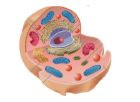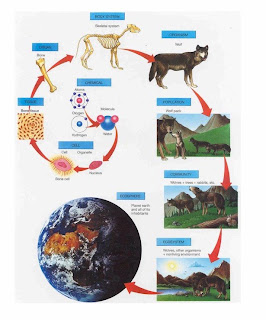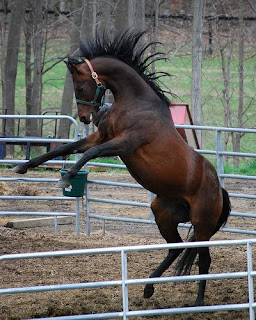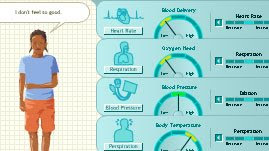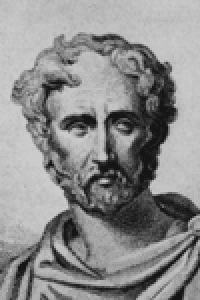SPECIAL CREATION THEORY

Creationism, Special creation is a theological doctrine which asserts that the origin of the universe and all life in it suddenly sprang into being by unconditional fiat or divine decree. Roman Catholicism has defined "special creation" in a different way. In Catholic teaching, the doctrine of immediate or special creation refers to the origin of the human soul.
In the creationist use of the phrase, special creation adheres to a literal interpretation of Genesis creation, accepting it as an accurate historical account of creation of the universe in its present form over the course of six twenty-four hour days. Special creation was the dominant theory of life's origins in the western world from the 16th century until the middle of the 19th century when it was supplanted by evolutionary thought.[1][2]
Duane Gish of the Institute for Creation Research defined "special creation" as being creation using supernatural processes:
We do not know how the Creator created, [or] what processes He used, for He used processes which are not now operating anywhere in the natural universe. This is why we refer to creation as special creation. We cannot discover by scientific investigation anything about the creative processes used by the Creator.
SPONTANEOUS GENERATION

or Equivocal generation is an obsolete theory regarding the origin of life from inanimate matter, which held that this process was a commonplace and everyday occurrence, as distinguished from Univocal generation, or reproduction from parent(s). The theory was synthesized by Aristotle[1], who compiled and expanded the work of prior natural philosophers and the various ancient explanations of the appearance of organisms; it held sway for two millennia. It is generally accepted to have been ultimately disproven in the 19th Century by the experiments of Louis Pasteur, expanding upon the experiments of other scientists before him (such as Francesco Redi who had performed similar experiments in the 17th century). Ultimately, it was succeeded by germ theory and cell theory.
The disproof of ongoing spontaneous generation is no longer controversial, now that the life cycles of various life forms have been well documented. However, the question of abiogenesis, how living things originally arose from non-living material, remains relevant today.

Description
Spontaneous generation refers to both the supposed process by which life would systematically emerge from sources other than seeds, eggs or parents and to the theories which explained the apparent phenomenon. The first form is abiogenesis, in which life emerges from non-living matter. This should not be confused for the modern hypothesis of abiogenesis, in which life emerged once and diversified. The second version is heterogenesis (sometimes called xenogenesis), in which one form of life emerges from a different form.
ABIOGENESIS
In the natural sciences, abiogenesis, or origin of life, is the study of how life on Earth could have arisen from inanimate matter. It should not be confused with evolution, which is the study of how groups of living things change over time. Amino acids, often called "the building blocks of life", can form via natural chemical reactions unrelated to life, as demonstrated in the Miller-Urey experiment, which involved simulating the conditions of the early Earth. In all living things, these amino acids are organized into proteins, and the construction of these proteins is mediated by nucleic acids. Thus the question of how life on Earth originated is a question of how the first nucleic acids arose.
The first living things on Earth are thought to be single cell prokaryotes. The oldest ancient fossil microbe-like objects are dated to be 3.5 Ga (billion years old), just a few hundred million years younger than Earth itself. By 2.4 Ga, the ratio of stable isotopes of carbon, iron and sulfur shows the action of living things on inorganic minerals and sediments and molecular biomarkers indicate photosynthesis, demonstrating that life on Earth was widespread by this time. On the other hand, the exact sequence of chemical events that led to the first nucleic acids is not known. Several hypotheses about early life have been proposed, most notably the iron-sulfur world theory (metabolism without genetics) and the RNA world hypothesis (RNA life-forms).
EARLY CONDITIONS
Morse and MacKenzie[18] have suggested that oceans may have appeared first in the Hadean era, as soon as 200 Ma (million years) after the Earth was formed, in a hot 100 °C (212 °F) reducing environment, and that the pH of about 5.8 rose rapidly towards neutral. This has been supported by Wilde[1] who has pushed the date of the zircon crystals found in the metamorphosed quartzite of Mount Narryer in Western Australia, previously thought to be 4.1–4.2 Ga, to 4.404 Ga. This means that oceans and continental crust existed within 150 Ma of Earth's formation.
Despite this, the Hadean environment was one highly hazardous to life. Frequent collisions with large objects, up to 500 kilometres (310 mi) in diameter, would have been sufficient to vaporise the ocean within a few months of impact, with hot steam mixed with rock vapour leading to high altitude clouds completely covering the planet. After a few months the height of these clouds would have begun to decrease but the cloud base would still have been elevated for about the next thousand years. After that, it would have begun to rain at low altitude. For another two thousand years rains would slowly have drawn down the height of the clouds, returning the oceans to their original depth only 3,000 years after the impact event.

PANSPERMIA (Greek: πανσπερμία from πᾶς/πᾶν (pas/pan) "all") and σπέρμα (sperma) "seed") is the hypothesis that "seeds" of life exist already all over the Universe, that life on Earth may have originated through these "seeds", and that they may deliver or have delivered life to other habitable bodies.
The related but distinct idea of exogenesis (Gk. ἔξω (exo, outside) and γένεσις (genesis, origin)) is a more limited hypothesis that proposes life on Earth was transferred from elsewhere in the Universe but makes no prediction about how widespread it is. Because the term "panspermia" is more well-known, it tends to b e used in reference to what should strictly speaking be called exogenesis.
The first known mention of the term was in the writings of the 5th century BC Greek philosopher Anaxagoras [1] The panspermia hypothesis was dormant until 1743 when it appeared posthumously in the writings of Benoît de Maillet, who suggested that germs from space had fallen into the oceans and grown into fish and later amphibians, reptiles and then mammals. In the nineteenth century it was again revived in modern form by several scientists, including Jöns Jacob Berzelius (1834),[2] Kelvin (1871),[3] Hermann von Helmholtz (1879) and, somewhat later, by Svante Arrhenius (1903). Panspermia can be said to be either interstellar (between star systems) or interplanetary (between planets in the same star system). Mechanisms for panspermia include radiation pressure (Arrhenius) and lithopanspermia (microorganisms in rocks) (Kelvin).Directed panspermia from space to seed Earth or sent from Earth to seed other solar systems has also been proposed.
There is as yet no compelling evidence to support or contradict it, although the majority view holds that panspermia — especially in its interstellar form — is unlikely given the challenges of survival and transport in space. One new twist to the theory by engineer Thomas Dehel (2006) proposes that plasmoids ejected from the magnetosphere may move the few spores lifted from the Earth's atmosphere with sufficient speed to cross interstellar space to other systems before the spores can be destroyed.
Questions:
Which of these theories you believed most? and why?
How will you describe the different theories?
